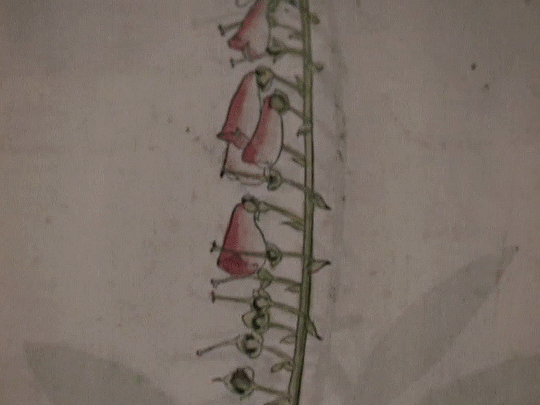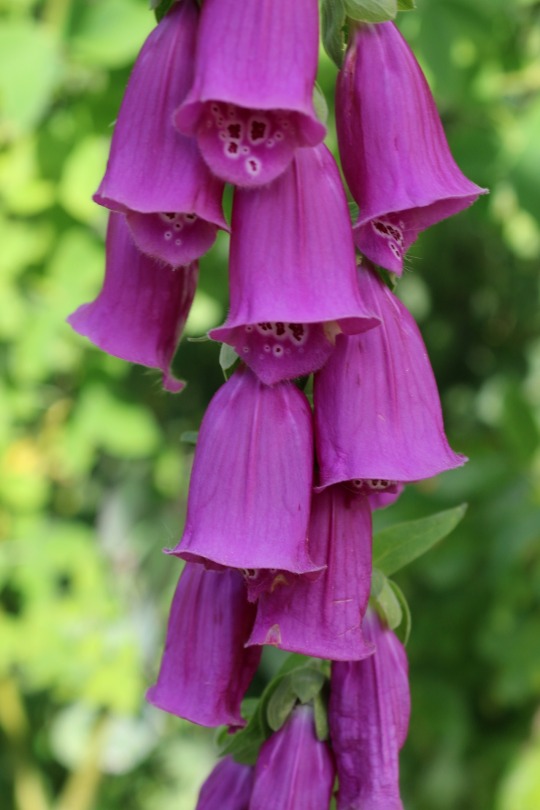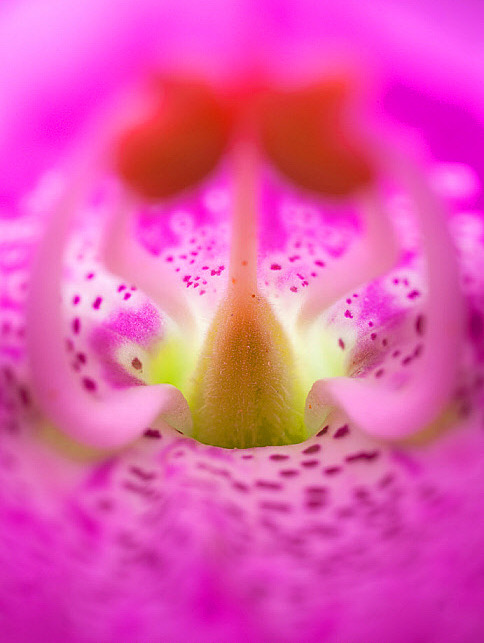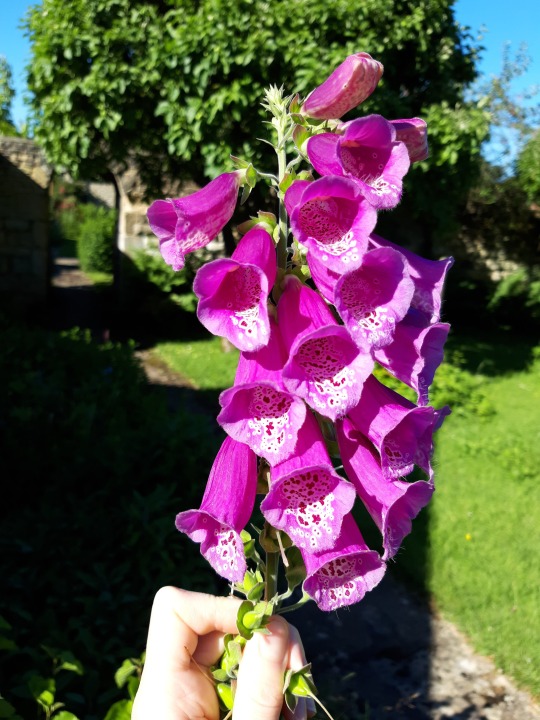#digitalis purpurea
Photo


Foxgloves in medicine (1951)
#foxglove#digitalis#digitalis purpurea#flowers#nature#history#medical history#medical science#botany#vintage#50's#1950's#*
472 notes
·
View notes
Text

Digitalis Purpurea
© Chill · +
126 notes
·
View notes
Text

..
#spring#flowers#plantblr#garden#cottagecore#foxglove#springtime#original photography#original photographers#gardening#plants#Digitalis purpurea#cottage#plant#flowercore#cottage aesthetic#nature photography
48 notes
·
View notes
Text

Foxgloves by Beatrix Potter circa 1903.
#bane folk#foxglove#foxgloves#digitalis#digitalis purpurea#poisonous plants#poison plants#baneful plants#baneful herbs
72 notes
·
View notes
Text

Foxglove and wolfsbane hand embroidered brooch.
#cottagecore#crafts#crafting#handmade#artists on tumblr#cottagecore aesthetic#cottagecore crafts#sewists of tumblr#sewing#hand embroidery#embroidery#hand embroidered#handmade crafts#foxglove#wolfsbane#aconitum#aconitum napellus#aconite#digitalis purpurea#digitalis#poisonous flowers#poisonous plants
28 notes
·
View notes
Photo

Foxglove (Digitalis Purpurea)
#photographers on tumblr#nature#flowers#floral#purple#spring#summer#flores#primavera#verano#foxglove#foxgloves#digitalis#digitalis purpurea#original photographers#original photography#vertical
254 notes
·
View notes
Photo

Foxglove (Digitalis purpurea).
Watercolour (1903).
Wellcome Images
Wikimedia.
83 notes
·
View notes
Text

Via @peggyfarmandforage
#fae#fairycore#fairy flowers#digitalis purpurea#flower power#nature witch#garden witch#manicure#witchy woman#sorceress#witch#priestess#goddess#witchy fashion#witchy aesthetic
59 notes
·
View notes
Text

Foxglove (Digitalis purpurea) showing the pistil and stamen
Photo by Stephen Dalton
#Digitalis purpurea#foxglove#pink#pink flower#flower#flower photography#macro photography#colorful flowers#pistil#stamen#flower anatomy#nature
7 notes
·
View notes
Text

#Kvamskogen#Norge#Norway#landscape#nature#hiking#hiking trail#mountains#forest#trees#wilderness#photography#digital photography#photographers on Tumblr#HP Photosmart R927#Digitalis purpurea#foxglove#wildflowers
9 notes
·
View notes
Text


In June, forests, hedgerows, and meadows blush magenta with blooming wild Foxgloves (Digitalis purpurea). There are also many garden varieties in different colours, like the "snakeskin" one pictured here.
Foxgloves are native to temperate Europe and are a pollinator-friendly flower for cottage gardens. The name apparently comes from quaint folktales about foxes wearing them on their paws to walk silently. The flower also has many sinister associations with faeries and witches, probably due to the plant’s powerful poisons.
A “textbook” example of herbal medicines rediscovered by modern science, the real story behind the Foxglove’s healing ability is more complex. The first scientific investigation of Foxglove’s medicinal properties was conducted by Dr. William Withering (1741 - 1799). This Enlightenment Era English botanist, who was a physician as well as a chemist, took an interest in traditional herbal remedies used by village “wise women” in the UK. He noticed that Foxglove was an ingredient in several recipes for herbal medicine for “dropsy” (an antiquated name for oedema or swelling from congestive heart failure). The exact compound was identified as Digoxin in 1930 and is a commonly prescribed medicine for irregular heartbeat and heart failure, although safety concerns mean it is declining in popularity. Digoxin’s safety margin between “effective” and “fatal” dose is narrow, and side effects can be serious so it is being replaced by newer, safer drugs for heart issues.
Foxglove’s toxicity is serious. All parts of the plant are poisonous to humans and most other animals. When cutting back Foxgloves, gloves should be worn since toxins can be absorbed through the skin. It goes without saying that Foxglove should NEVER be used in any home brewed herbal medicine!
#katia plantscientist#katia plant scientist#plant science#plant biology#foxglove#digitalis purpurea#herbalism#herbal medicine#chemistry#plant scientist#plants#wildflowers#cottage garden#purple and pink#purple flowers#poisonous plants#toxic plants#natural history#botany#safety tips
144 notes
·
View notes
Text

Deadly foxglove
27 notes
·
View notes
Video
n295_w1150 by Biodiversity Heritage Library
Via Flickr:
Description des plantes rares cultivees a Malmaison et a Navarre Paris :De l'Impr. de P. Didot l'aîné,1813 [i.e., 1812-1817] biodiversitylibrary.org/page/275979
#1812-17#19th century#Binding :#Botany#Colored#Floriculture#France#Graphic media:#Morocco#One-half#Pictorial works#Stipple engraving#Missouri Botanical Garden#Peter H. Raven Library#bhl:page=275979#dc:identifier=https://biodiversitylibrary.org/page/275979#flickr#botanical illustration#scientific illustration#digitalis purpurea#foxglove#digitalis purpurascens
5 notes
·
View notes
Text



Foxgloves vs snow (they’re still alive).
#bane folk#poisonous plants#poison path#foxgloves#digitalis purpurea#digitalis purpurea dalmatian peach
22 notes
·
View notes
Text

{{VENDU}}
Ɖɨɢɨȶǟʟɨֆ Քʊʀքʊʀǟ ƗƲ
Ɦɛʀɮǟʀɨʊʍ : Digitale pourpre (Digitalis Purpurea)
ʟɨɛʊ ɖɛ Ƈʊɛɨʟʟɛȶȶɛ : forêt de la Planoise (Bourgogne)
#the crypt and the incubus#witch jewelry#electroformed jewelry#botanical jewelry#pendentif#digitalis purpurea#digitale
2 notes
·
View notes
Photo

Foxglove (Digitalis)
#photographers on tumblr#nature#flowers#spring#purple#summer#floral#flores#primavera#verano#foxglove#foxgloves#digitalis#digitalis purpurea#vertical#original photographers#original photography
178 notes
·
View notes